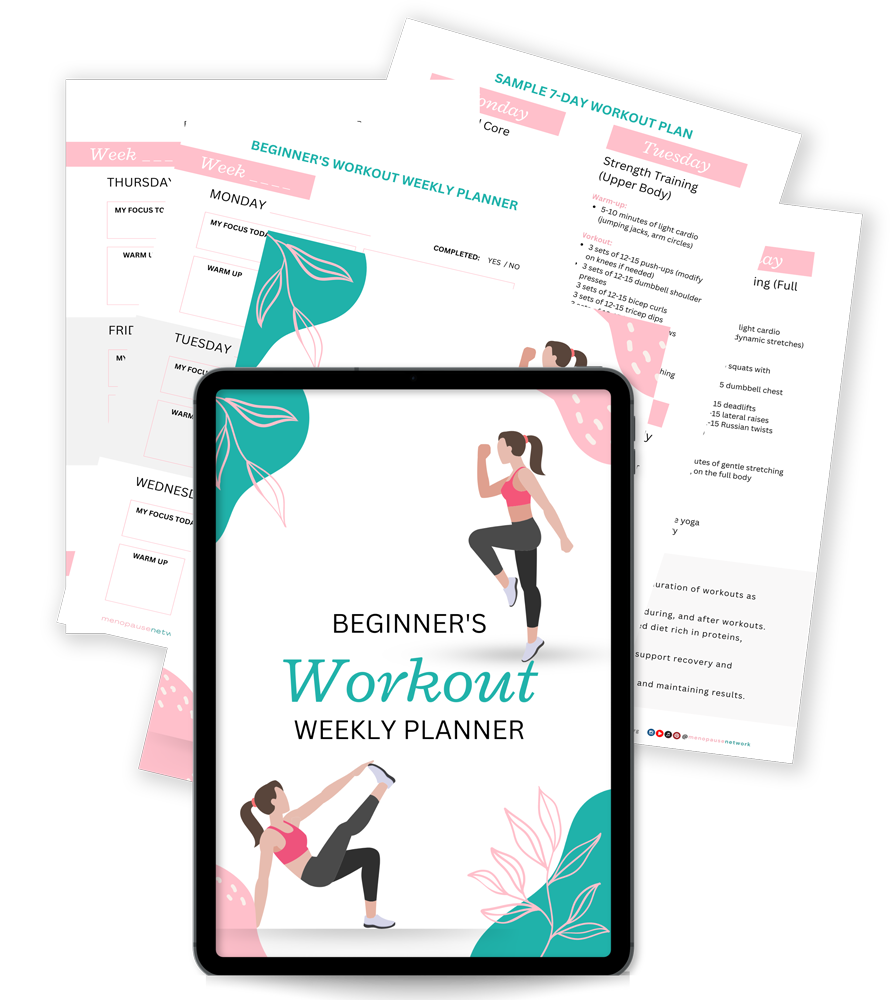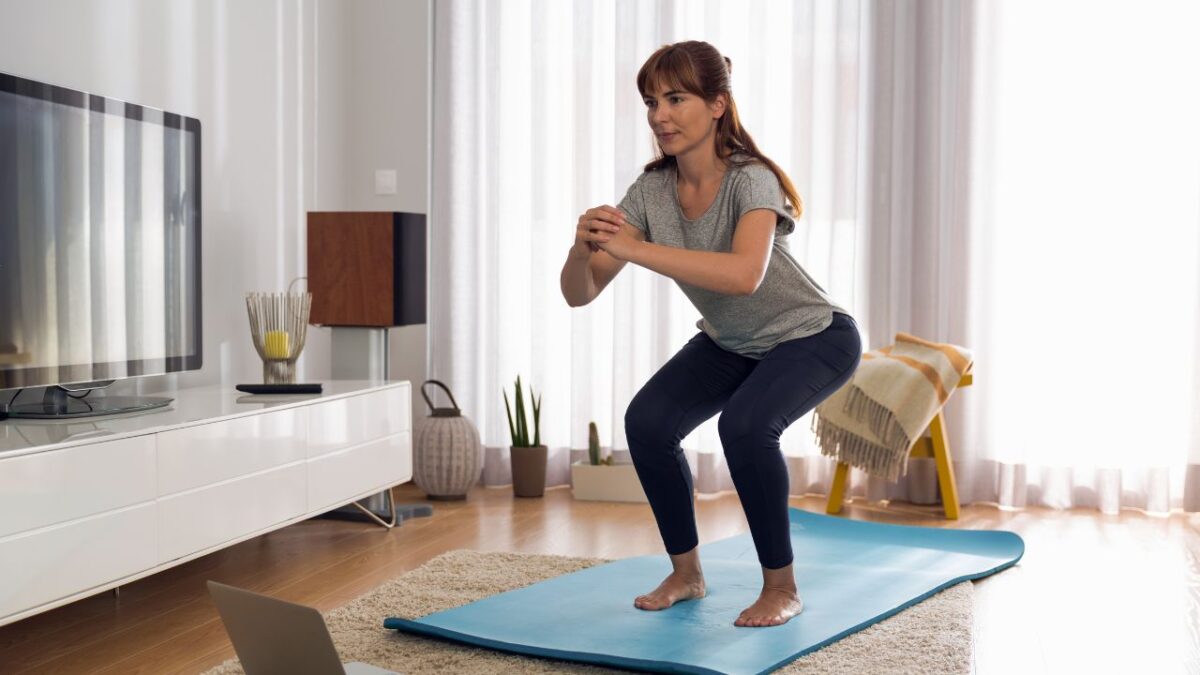7 Fitness Mistakes to Avoid in Your 40s: Common Pitfalls and How to Correct Them
Your 40s can be a fantastic decade for fitness. With a bit more life experience and perhaps some extra time on your hands, it’s an ideal time to focus on your health. However, many women fall into common fitness traps that can hinder their progress or even lead to injury. Let’s dive into these pitfalls and how to steer clear of them so you can enjoy a healthier, stronger you.
1. Mistake: Skipping the Warm-Up
Why It’s a Problem:
In your 40s, your muscles and joints aren’t as resilient as they were in your 20s. Skipping a warm-up can lead to strains, sprains, and other injuries that are much harder to bounce back from.
How to Correct It:
Always start with at least 5-10 minutes of light cardio, like brisk walking or cycling, followed by dynamic stretches. This gets your blood flowing and prepares your muscles for more intense activity. Think of it as the primer your body needs to perform at its best.
2. Mistake: Overdoing High-Intensity Workouts
Why It’s a Problem:
High-intensity interval training (HIIT) is all the rage, but overdoing it can be counterproductive, especially as your body’s recovery slows with age. Too much intensity can lead to burnout, fatigue, and even adrenal fatigue.
How to Correct It:
Incorporate HIIT just 1-2 times a week, balanced with lower-intensity exercises like yoga, swimming, or long walks. This mix helps prevent overuse injuries and keeps your energy levels stable.
3. Mistake: Neglecting Strength Training
Why It’s a Problem:
Muscle mass naturally decreases as you age, leading to a slower metabolism and higher risk of osteoporosis. Yet, many women in their 40s still shy away from strength training, either due to fear of bulking up or simply not knowing where to start.
How to Correct It:
Incorporate strength training into your routine at least two times a week. Focus on compound movements like squats, lunges, and push-ups, which work multiple muscle groups at once. If you’re new to weights, consider hiring a trainer for a few sessions to ensure proper form and maximize benefits.
4. Mistake: Ignoring Recovery Time
Why It’s a Problem:
Pushing through workouts without adequate rest can lead to chronic injuries and prolonged soreness. As your body ages, it requires more time to recover from strenuous activity.
How to Correct It:
Prioritize rest days and listen to your body. Incorporate active recovery activities like gentle yoga, stretching, or a leisurely walk on your off days. Remember, rest is when your muscles repair and grow stronger.
5. Mistake: Not Adjusting Your Routine to Fit Your Body’s Changes
Why It’s a Problem:
Your body changes as you age—hormones fluctuate, metabolism shifts, and what worked for you at 30 might not work now. Sticking rigidly to an old routine can lead to frustration and lackluster results.
How to Correct It:
Be flexible and adapt your workout routine to your current fitness level. This might mean slowing down, adding more recovery time, or focusing more on mobility and flexibility. Regularly reassess your goals and adjust your plan to align with your body’s needs.
6. Mistake: Focusing Only on Cardio
Why It’s a Problem:
Cardio is great for your heart, but relying solely on it can lead to muscle loss, decreased bone density, and a less balanced physique. In your 40s, it’s essential to maintain muscle mass and strength for overall health.
How to Correct It:
Mix cardio with strength training, flexibility exercises, and balance work. A well-rounded fitness routine ensures that all aspects of your health are supported, leading to better results and a lower risk of injury.
7. Mistake: Not Fueling Your Body Properly
Why It’s a Problem:
Eating too little or choosing the wrong types of foods can sabotage your workouts and slow recovery. Your body needs adequate nutrition to perform, recover, and maintain muscle mass, especially as you age.
How to Correct It:
Focus on a balanced diet rich in lean proteins, healthy fats, and complex carbohydrates. Don’t skip meals, and consider eating a small snack with protein and carbs about an hour before your workout. Post-workout, refuel with a protein-rich meal to support muscle recovery.
Parting Words
Your 40s can be a transformative time for your health and fitness, but avoiding these common mistakes is crucial. By listening to your body, adjusting your routines, and prioritizing both strength and recovery, you can stay fit, strong, and injury-free for many years to come.
Ready to take control of your fitness journey? Start with our Beginner’s 7-Day Workout Planner for Women in Their 40s! This planner is designed to help you build a balanced routine that fits your lifestyle, supports your goals, and keeps you motivated. Whether you’re just getting started or looking to revamp your current workout, this planner is your perfect guide.
Download it now and kickstart a week of workouts that will leave you feeling empowered and energized!



